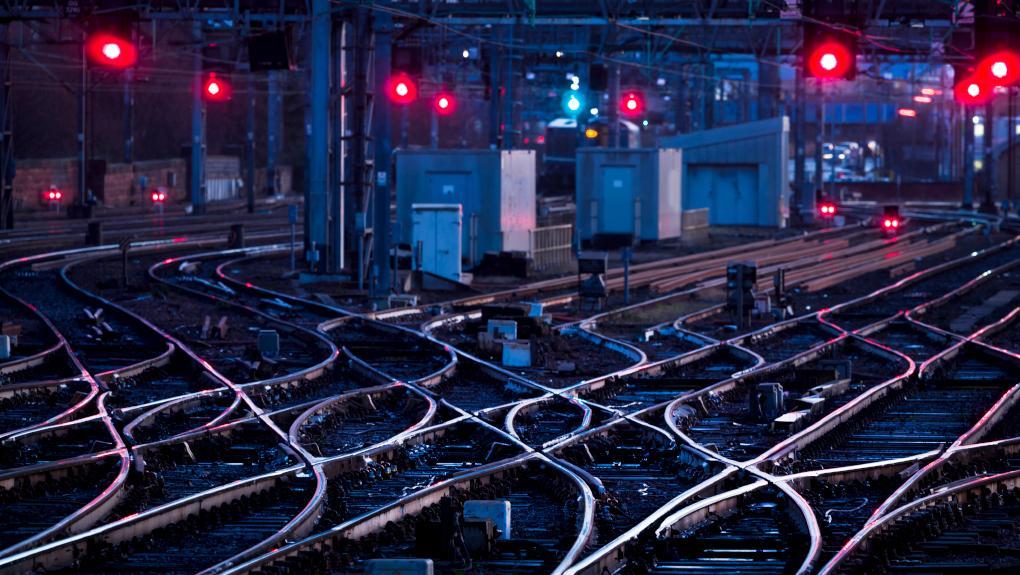
They direct traffic and keep trains apart to prevent collisions. Network Rail spends nearly £1bn per year on signalling, making the cost of signalling a key driver of the value for money that passengers and taxpayers get from the railway.
With the imminent conclusion of ORR’s periodic review (PR23) and the start of the next five-year control period in April 2024 (CP7), now is a critical time for signalling in Great Britain. This week’s merger decision by the Competition and Markets Authority (CMA) therefore marks an important enabler of our drive for greater value for money from signalling systems.
ORR’s 2021 market study
Competition is an important enabler of innovation and for getting value for money. This is where ORR has a duty in overseeing markets and intervening if something is not working well.
In November 2021, we published our Signalling Market Study. Our study identified a number of ways in which competition, and hence value for money, was being stifled. Our Market Study made recommendations aimed at addressing these issues.
In reply, Network Rail has committed to making changes to its procurement processes. These changes will improve incentives for Network Rail’s suppliers by sharing the costs of bidding and technology development, and by providing contractors with more certainty over their future work bank. Network Rail has also committed to ensuring that suppliers behave in a pro-competitive way when working with other firms.
Progress so far has been good, but we will be encouraging Network Rail to continue to deliver improvements.
The CMA's enquiry
The CMA's final decision, published on 4 October 2023, follows an in-depth investigation of Hitachi's €1.7 billion proposed purchase of the Thales Ground Transportation business. Hitachi and Thales announced their intention to merge in August 2021, i.e. shortly before the publication of our final Market Study report.
Both Hitachi and Thales were amongst the pool of potential bidders for major signalling projects in CP7 and beyond, meaning that the merger could have important implications for Network Rail’s ability to deliver on the recommendations of our signalling study. During the merger investigation we worked closely with the CMA to ensure that the findings of our study could be brought to bear on the CMA’s analysis.
The CMA’s independent Inquiry Group has concluded that the merger would give rise to competition concerns regarding the supply of digital mainline signalling systems, and that, should the merger go ahead, few credible competitors would remain.
In response to the CMA’s findings, Hitachi has offered to sell its existing mainline signalling business in the United Kingdom, France, and Germany. The CMA’s Group will need to approve the purchaser and Hitachi’s key customers in these countries will also need to agree to the transfer of the relevant signalling contracts.
Next steps
The CMA’s decision should allow the final stages of Network Rail’s signalling procurement for CP7 to be completed with certainty regarding the future, and for suppliers to be ready to begin competing for work in CP7, which begins in April 2024.
We expect to see signalling unit costs fall over time as Network Rail makes increasing use of new suppliers and technologies and of new ways of working.
We will be issuing our final determination for PR23 at the end of October, which will set out our final assessment of Network Rail’s plans for CP7 and what the company is expected to deliver in CP7.


